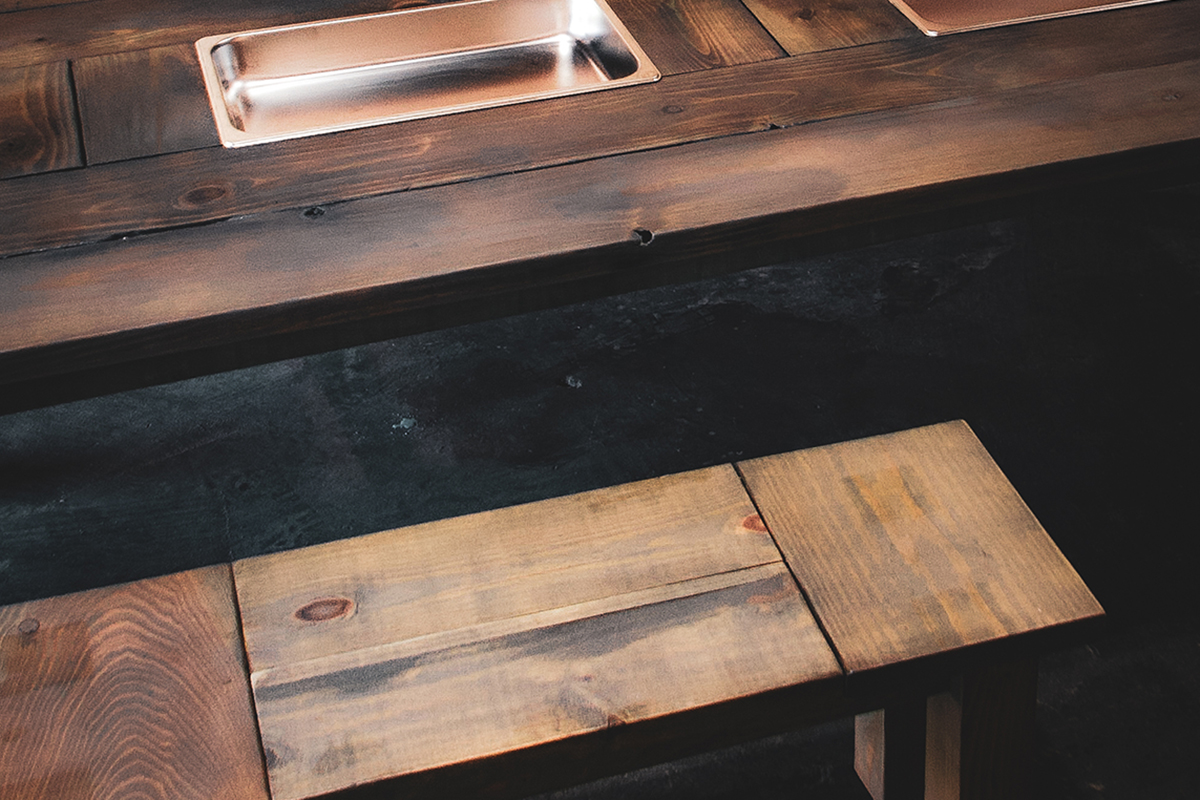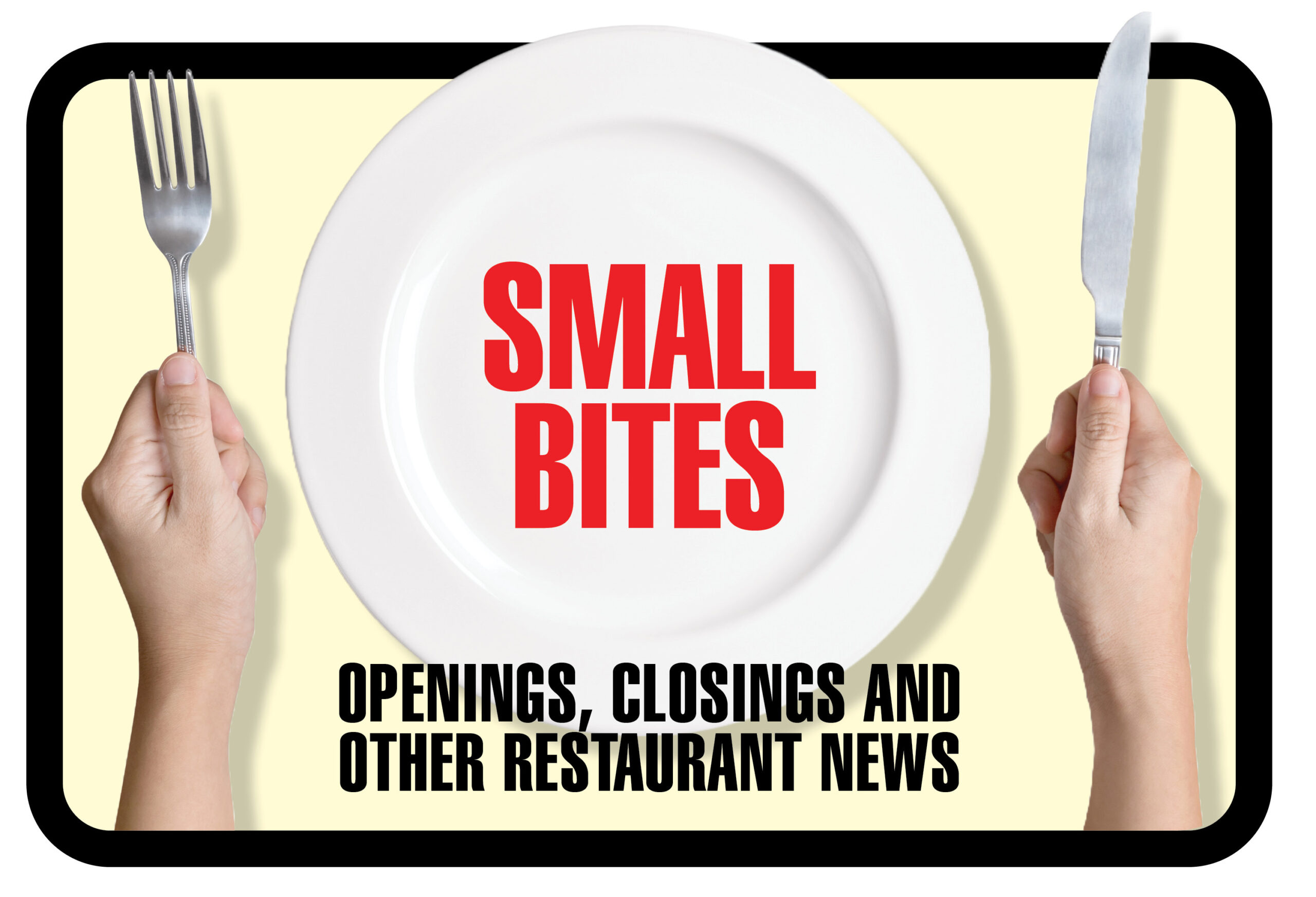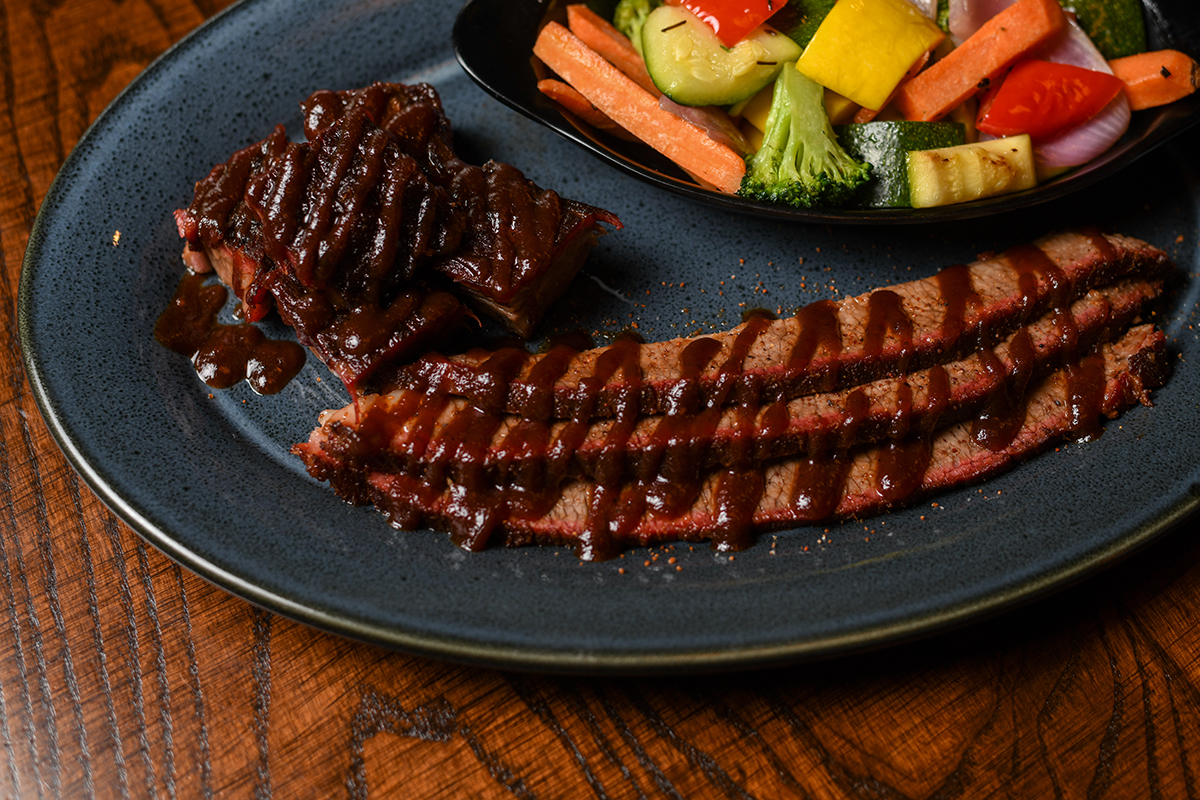Any given day at any given hour, Annie Stark is likely celebrating her Irish heritage. After finishing an Irish dance teaching session at the Driscoll School of Irish Dance in Shawnee, Kansas, she heads off to rehearsal with professional Irish dance company Céilí at the Crossroads. She wraps up gigs with her Irish band, Jump 2-3, just in time to give a violin lesson. She follows hours-long training sessions for Irish dance competitions with a stop by Browne’s Irish Marketplace, where the owners are longtime family friends. In short, she loves her Irish heritage and its traditions.
It should come as no surprise, then, that in between her many engagements, Stark runs Rince Couture, a company aimed at preserving an old but increasingly commercialized Irish tradition: Celtic knotwork.
Celtic knots are abundant in Irish culture, with images of knots adorning monuments, manuscripts and more. In Irish dance, Celtic knots traditionally decorate dance costumes, with each knot and textile carrying a different meaning. Some represent friendship and love; others wealth, prosperity and luck. However, where dresses were once carefully handmade by family members, they’re now manufactured in bulk by big-name dressmakers. “It’s all about the season’s trends,” Stark says, “so it doesn’t mean as much.”
So Stark set out to change this. Initially, she created knotwork hairpieces for herself to wear during Irish dance. “I’ve always liked the old tradition, and I just kind of missed it on the costumes,” she says. She found an online tutorial, bought some cord and learned how to make small knots, which she then attached to headbands. Then, one day, a teacher at Driscoll dance school asked if Stark could make hairpieces for everyone at the school to match their dance costumes. In came Rince Couture. (Rince, pronounced “reen-kuh,” means “dance” in Irish.) “I figured if one school wants them, maybe I could sell it as a side business,” Stark says.
And, she says, she could. In just four years, she’s sold products worldwide, including in Ireland, Canada, Australia, Great Britain and even Japan. But they’re not just for Irish dancers. “I wanted to bring back the knotwork patterns but still keep it modern so people will enjoy wearing them,” she says. Stark has made earrings, necklaces, wall hangings, bracelets, baby headbands, keychains and other everyday, every-person products. She’s one of the first artists, if not the first, to turn Celtic knotwork into wearable, functional accessories.
No matter the piece, the process typically begins the same. Working from her home studio, Stark sticks sewing needles into a piece of cork, arranging them in whatever knot pattern she wants to create. Then, one-by-one, she weaves each strand of cord in and around the needles to create the knot. It’s kind of like coloring, except Stark “draws” the pattern and “colors it in” with cord. Once the knot is done, Stark transforms it into an accessory. The larger the piece, the longer it takes, but a small set of earrings takes about an hour to complete. Stark devotes around three hours to Rince Couture each day.
Right now, most of her work is commissioned. Oftentimes dance schools order hundreds of pieces for their costumes. “That part’s the most difficult,” Stark says. “I’m just tying the same knot over and over, and it gets really repetitive.” During those monotonous spells, Stark spices things up with murder podcasts.
Additionally, she tries to make something creative and non-commissioned each week. “I spend a lot of time wandering around Hobby Lobby or Joanne’s or on Etsy looking at all the fabrics and textiles and finding the color and patterns I like,” Stark says, “and then I think about what that textile will function well as.” She continually tries out different knots and turns them into new items, such as fascinator hats or coasters. “It’s fun to do something new because then I’m not just working with knots,” Stark says. “I’m working with netting and other materials.”
In the coming years, Stark hopes to continue growing her customer base and to expand the non-Irish-dance side of her company. She still remembers how excited she was the first time she saw someone in town wearing a pair of her earrings, and she wants to make that more common. She hopes participating in more art shows and getting her work into museums, shops and boutiques around town will help accomplish this.
And, mostly, she wants to continue preserving a tradition that means so much to her and her family. “It’s part of our history and culture,” Stark says. “I want to bring it back.”






